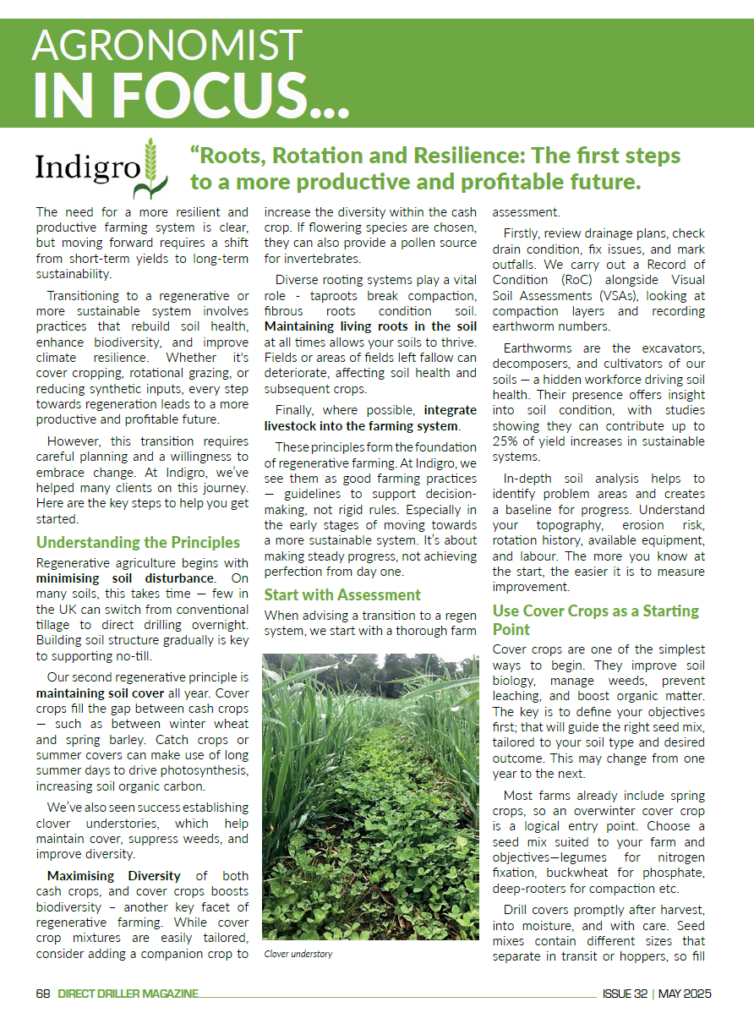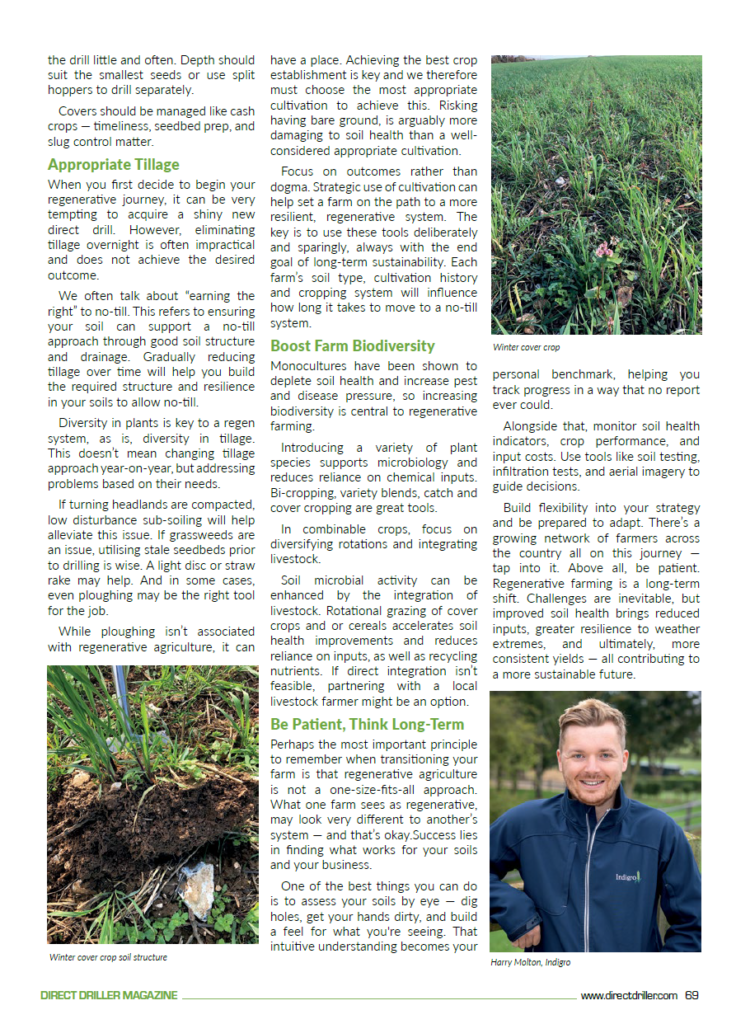“Roots, Rotation and Resilience: The first steps to a more productive and profitable future.

The need for a more resilient and productive farming system is clear, but moving forward requires a shift from short-term yields to long-term sustainability.
Transitioning to a regenerative or more sustainable system involves practices that rebuild soil health, enhance biodiversity, and improve climate resilience. Whether it’s cover cropping, rotational grazing, or reducing synthetic inputs, every step towards regeneration leads to a more productive and profitable future.
However, this transition requires careful planning and a willingness to embrace change. At Indigro, we’ve helped many clients on this journey. Here are the key steps to help you get started.
Understanding the Principles
Regenerative agriculture begins with minimising soil disturbance. On many soils, this takes time — few in the UK can switch from conventional tillage to direct drilling overnight. Building soil structure gradually is key to supporting no-till.
Our second regenerative principle is maintaining soil cover all year. Cover crops fill the gap between cash crops — such as between winter wheat and spring barley. Catch crops or summer covers can make use of long summer days to drive photosynthesis, increasing soil organic carbon.
We’ve also seen success establishing clover understories, which help maintain cover, suppress weeds, and improve diversity.
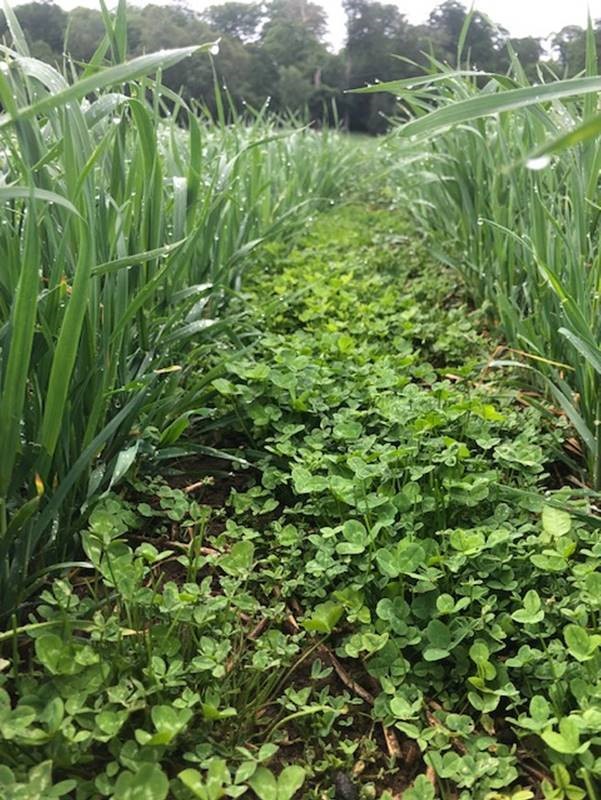
Maximising Diversity of both cash crops, and cover crops boosts biodiversity – another key facet of regenerative farming. While cover crop mixtures are easily tailored, consider adding a companion crop to increase the diversity within the cash crop. If flowering species are chosen, they can also provide a pollen source for invertebrates.
Diverse rooting systems play a vital role – taproots break compaction, fibrous roots condition soil. Maintaining living roots in the soilat all timesallows your soils to thrive. Fields or areas of fields left fallow can deteriorate, affecting soil health and subsequent crops.
Finally, where possible, integrate livestock into the farming system.
These principles form the foundation of regenerative farming. At Indigro, we see them as good farming practices — guidelines to support decision-making, not rigid rules. Especially in the early stages of moving towards a more sustainable system. It’s about making steady progress, not achieving perfection from day one.
Start with Assessment
When advising a transition to a regen system, we start with a thorough farm assessment.
Firstly, review drainage plans, check drain condition, fix issues, and mark outfalls. We carry out a Record of Condition (RoC) alongside Visual Soil Assessments (VSAs), looking at compaction layers and recording earthworm numbers.
Earthworms are the excavators, decomposers, and cultivators of our soils — a hidden workforce driving soil health. Their presence offers insight into soil condition, with studies showing they can contribute up to 25% of yield increases in sustainable systems.
In-depth soil analysis helps to identify problem areas and creates a baseline for progress. Understand your topography, erosion risk, rotation history, available equipment, and labour. The more you know at the start, the easier it is to measure improvement.
Use Cover Crops as a Starting Point
Cover crops are one of the simplest ways to begin. They improve soil biology, manage weeds, prevent leaching, and boost organic matter. The key is to define your objectives first; that will guide the right seed mix, tailored to your soil type and desired outcome. This may change from one year to the next.
Most farms already include spring crops, so an overwinter cover crop is a logical entry point. Choose a seed mix suited to your farm and objectives—legumes for nitrogen fixation, buckwheat for phosphate, deep-rooters for compaction etc.
Drill covers promptly after harvest, into moisture, and with care. Seed mixes contain different sizes that separate in transit or hoppers, so fill the drill little and often. Depth should suit the smallest seeds or use split hoppers to drill separately.
Covers should be managed like cash crops — timeliness, seedbed prep, and slug control matter.
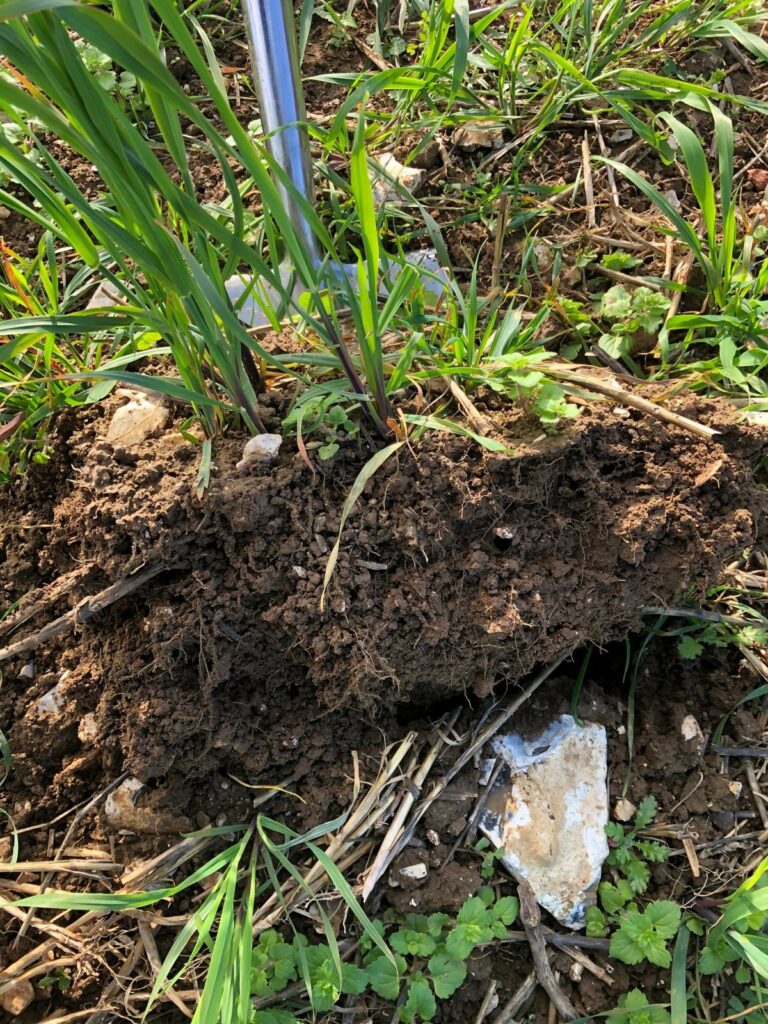
Appropriate Tillage
When you first decide to begin your regenerative journey, it can be very tempting to acquire a shiny new direct drill. However, eliminating tillage overnight is often impractical and does not achieve the desired outcome.
We often talk about “earning the right” to no-till. This refers to ensuring your soil can support a no-till approach through good soil structure and drainage. Gradually reducing tillage over time will help you build the required structure and resilience in your soils to allow no-till.
Diversity in plants is key to a regen system, as is, diversity in tillage. This doesn’t mean changing tillage approach year-on-year, but addressing problems based on their needs.
If turning headlands are compacted, low disturbance sub-soiling will help alleviate this issue. If grassweeds are an issue, utilising stale seedbeds prior to drilling is wise. A light disc or straw rake may help. And in some cases, even ploughing may be the right tool for the job.
While ploughing isn’t associated with regenerative agriculture, it can have a place. Achieving the best crop establishment is key and we therefore must choose the most appropriate cultivation to achieve this. Risking having bare ground, is arguably more damaging to soil health than a well-considered appropriate cultivation.
Focus on outcomes rather than dogma. Strategic use of cultivation can help set a farm on the path to a more resilient, regenerative system. The key is to use these tools deliberately and sparingly, always with the end goal of long-term sustainability. Each farm’s soil type, cultivation history and cropping system will influence how long it takes to move to a no-till system.
Boost Farm Biodiversity
Monocultures have been shown to deplete soil health and increase pest and disease pressure, so increasing biodiversity is central to regenerative farming.
Introducing a variety of plant species supports microbiology and reduces reliance on chemical inputs. Bi-cropping, variety blends, catch and cover cropping are great tools.
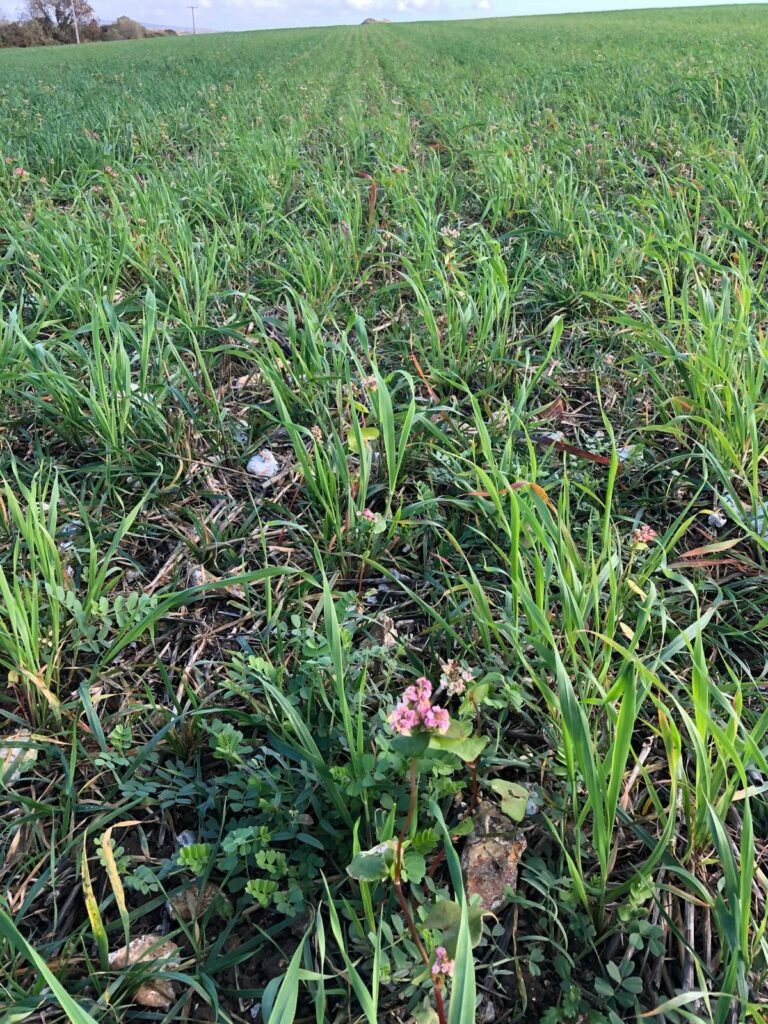
In combinable crops, focus on diversifying rotations and integrating livestock.
Soil microbial activity can be enhanced by the integration of livestock. Rotational grazing of cover crops and or cereals accelerates soil health improvements and reduces reliance on inputs, as well as recycling nutrients. If direct integration isn’t feasible, partnering with a local livestock farmer might be an option.
Be Patient, Think Long-Term
Perhaps the most important principle to remember when transitioning your farm is that regenerative agriculture is not a one-size-fits-all approach. What one farm sees as regenerative, may look very different to another’s system — and that’s okay.Success lies in finding what works for your soils and your business.
One of the best things you can do is to assess your soils by eye — dig holes, get your hands dirty, and build a feel for what you’re seeing. That intuitive understanding becomes your personal benchmark, helping you track progress in a way that no report ever could.
Alongside that, monitor soil health indicators, crop performance, and input costs. Use tools like soil testing, infiltration tests, and aerial imagery to guide decisions.
Build flexibility into your strategy and be prepared to adapt. There’s a growing network of farmers across the country all on this journey — tap into it. Above all, be patient. Regenerative farming is a long-term shift. Challenges are inevitable, but improved soil health brings reduced inputs, greater resilience to weather extremes, and ultimately, more consistent yields — all contributing to a more sustainable future.
